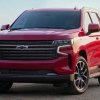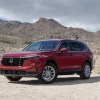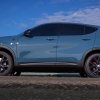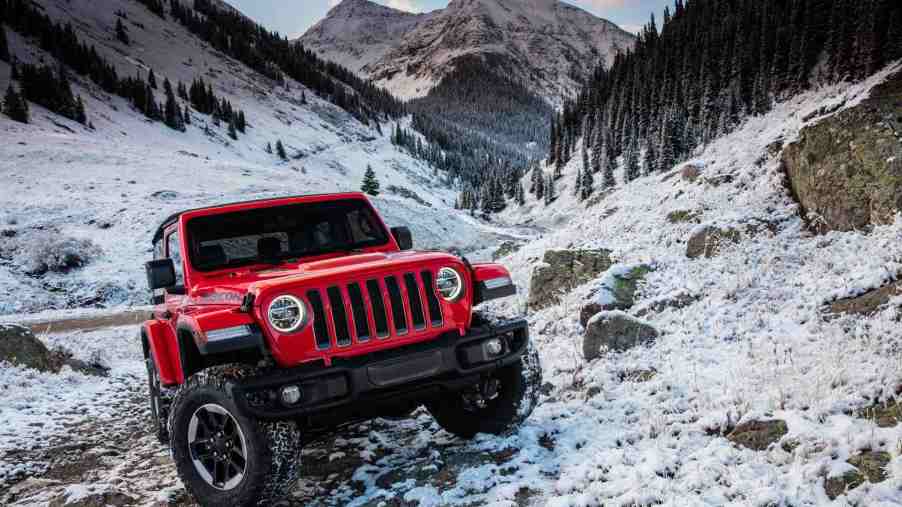
4 Ways to Make Your Jeep Wrangler Good for Snow Driving
The Jeep Wrangler is still an off-road beast – and it can be excellent for snow driving, too. But if you want your Jeep Wrangler to maximize its winter performance, you’ll need to understand a few things about the SUV.
Is the Jeep Wrangler a good SUV for snow?
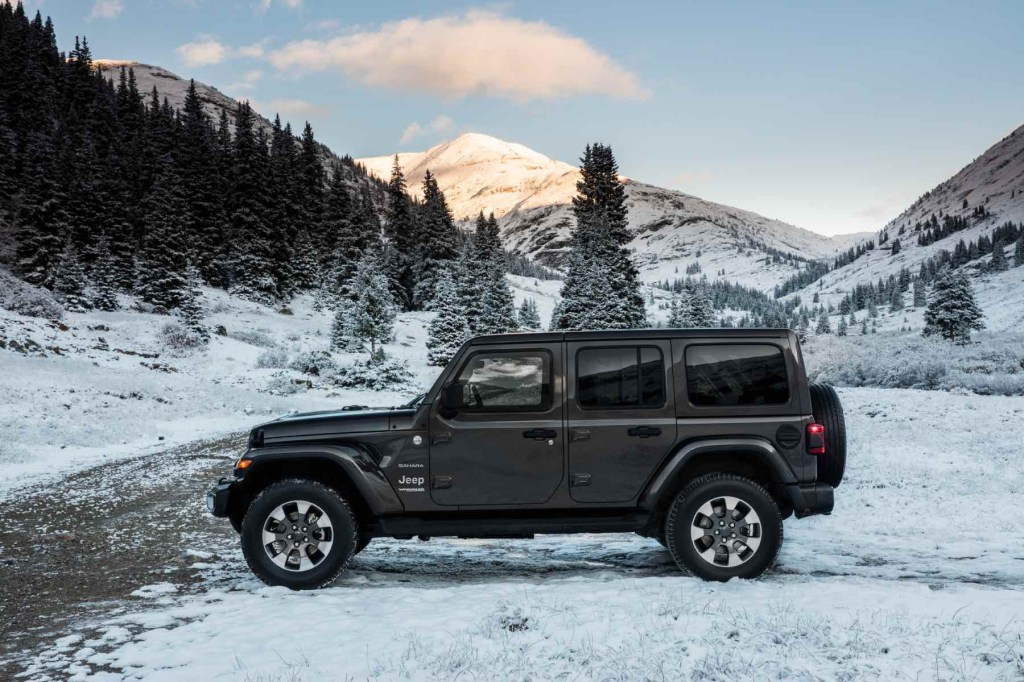
The Jeep Wrangler is as good as anything on the road when it comes to snow and winter driving. Its high ground clearance, standard four-wheel drive, and abundance of all-terrain features give it outstanding winter performance potential.
However, unlocking that potential has everything to do with using the Jeep Wrangler correctly. Here are four ways to help your Wrangler perform admirably throughout winter.
1. Install winter tires
Winter tires, by far, make the most difference in any given SUV’s snow performance – even the Jeep Wrangler.
Your Wrangler may have all the off-road bells and whistles to help you escape obstacles on the trail. But without proper rubber, it’ll still have trouble when the temperatures tumble, or the snow piles up.
As we have explained previously, SUVs still need winter tires because they use unique compounds and tread patterns. Tire manufacturers specially formulate these tires to maintain grip in sub-freezing temperatures, deep snow, and ice.
Tires are square one if you really want to make the most of your Wrangler’s snow and winter capabilities.
2. Get the limited-slip differential
Opting for a Jeep Wrangler with the available limited-slip rear differential can make a big difference while driving in snow.
J.D. Power explains that a limited-slip differential allows each wheel to move at a different speed. However, unlike an open differential, its internal mechanics will enable it to shift more power to the wheel with better grip. This can help your Wrangler claw its way out of slick inclines or steep snow banks.
By contrast, the Wrangler’s standard open differential will let the wheel with less grip spin perpetually without sending that much-needed torque to the other wheel.
3. Learn how to use four-wheel drive
Four-wheel drive is the Jeep Wrangler’s greatest strength in the snow – but you must know how to use it.
Driving a Jeep Wrangler with traditional part-time four-wheel drive in snow is more complex than driving a vehicle with all-wheel drive or full-time four-wheel drive. Yet using it correctly can produce even better results.
For starters, the Jeep Wrangler’s normal driving mode is rear-wheel drive. You won’t get far in the snow like that. When the winter weather hits, you’ll want to know how to manually engage the Wrangler’s four-wheel drive system. It’s also important to know the difference between low-range and high-range and when to use them.
You may need to engage the Wrangler’s locking differential in extreme cases. Again, knowing how this feature works is essential so you can use it correctly in winter conditions.
4. Throw in some all-weather floor mats
This one’s for you – the driver.
Do yourself a favor and get some rubber all-weather floor mats. It’s an upgrade that has nothing to do with the Jeep Wrangler’s actual winter performance but makes life much easier for those who drive them daily. After all, driving in snow or slush can get pretty messy.
Rubber floor mats don’t hold on to mud, salt, and grime as much as carpet and are much easier to clean. All you have to do is remove the floor mats and hose them down with water to remove the grime. Let them dry, and you’re good to go.
The Jeep Wrangler can be a great winter SUV – if you use it correctly
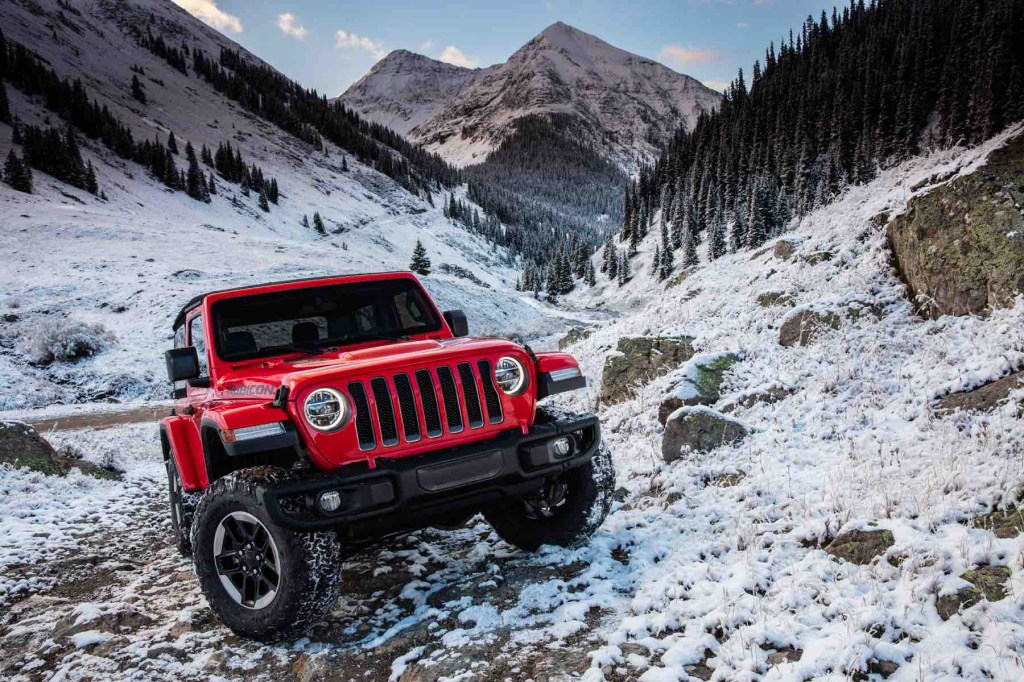
The key to successfully driving the Jeep Wrangler in the snow is understanding how it works.
Unlike a Subaru or other all-wheel drive crossover, the Jeep Wrangler isn’t a simple point-and-drive vehicle when the weather turns sour. Almost nothing is automated. Instead, drivers must understand the Wrangler’s mechanical functions to get the most out of its winter weather performance.
While that means investing more effort into understanding your vehicle, it also unlocks the Wrangler’s sky-high performance potential. Understanding how high and low-range four-wheel drive, limited slip differentials, and other mechanical grip features work can help you navigate some of the worst road conditions imaginable.
